Here's what's really happening on London's streets: criminals are becoming increasingly selective about their targets, and the data reveals a fascinating pattern. Phone theft has reached epidemic proportions in the UK capital, with over 80,000 smartphones stolen last year alone, representing a staggering increase that's caught both law enforcement and tech companies off guard. What makes this trend particularly intriguing is the thieves' clear preference for specific devices—approximately 80% of stolen phones were iPhones, despite Apple products representing only about 46% of UK phone sales. This selective targeting behavior suggests something deeper than random opportunistic crime—it points to organized networks that understand the economics of international resale markets.
The sheer scale becomes even more striking when you consider the acceleration. We're talking about a phone being stolen every six minutes in London, which has earned the capital the unwelcome distinction of becoming Europe's phone theft hotspot. When compared to other major European cities, London recorded 52,202 smartphone thefts in 2023, significantly higher than Paris's 38,784 or Barcelona's 31,007. The increase has been relentless—from 28,609 stolen phones in 2020 to 80,588 in 2024, nearly tripling in just four years.
Why thieves are getting pickier about their prizes
The criminal preference for iPhones isn't just about brand recognition—it's about cold, hard economics that reveals why this selective targeting creates such massive profit margins. Stolen devices are being sold in China for up to £4,000 each, making them incredibly lucrative targets for organized theft rings. This creates a stunning contrast between what thieves pay their street-level operatives and the ultimate selling price: London thieves are turning stolen phones into a business, selling them for £300 each before they're shipped overseas—a markup that would make any legitimate business jealous.
This economic incentive has fundamentally altered London's entire crime ecosystem. Two-thirds of thefts in London are now phone-related, which means we're witnessing a complete transformation of street crime priorities. More concerning is how this feeds into violent crime: 65% to 70% of knife crime is linked to robbery, which is significantly driven by phone theft. This connection shows how what might seem like simple property crime actually creates a pipeline to more serious criminal activity.
The operational sophistication has evolved far beyond simple snatch-and-grab tactics. Organized gangs often employ spotters to watch victims and then steal their phones through pickpocketing or mugging, indicating systematic coordination. Thieves are swiping handsets at various locations including gym lockers, churches, handbags, pockets, nail salons, parks, supermarkets, and public transportation, showing they've carefully studied where people are most vulnerable and developed targeted strategies for each environment.
The global pipeline: from London streets to Chinese markets
Here's where the story gets really interesting—we're not dealing with petty theft anymore, but rather sophisticated international smuggling operations that move devices across continents with startling efficiency. About 75% of phones stolen in London are moved abroad, with 28% ending up in China or Hong Kong where they can be sold at premium prices. The speed of this pipeline is remarkable—devices can travel from London streets to Chinese markets in a matter of weeks.
The criminals demonstrate surprising technical sophistication in their countermeasures. Phone thieves in London sometimes wrap devices in aluminum foil to block tracking signals, revealing an understanding of how Find My iPhone and similar tracking technologies work. This technical awareness enables them to systematically circumvent security measures, suggesting they're not just adapting to new technology—they're staying ahead of it.
The scale of individual operations is staggering and reveals the industrial nature of these crimes. The criminal network was smuggling up to 40,000 phones each year, and police believe one gang could be responsible for exporting up to 40% of all phones stolen in London. When law enforcement finally caught up with one major operation, the scope was mind-blowing: when suspects were stopped, dozens of phones were found in their car, and about 2,000 more devices were discovered at properties linked to them.
What makes this international trade sustainable is the enforcement gap between countries. While devices can be blocked in the UK using their IMEI numbers, many countries do not actively enforce the IMEI blacklist, allowing stolen phones to be used elsewhere. This creates a situation where a phone blocked in London becomes fully functional in another market, maintaining international demand regardless of local security measures.
The tech industry's response and ongoing challenges
The battle between law enforcement and tech companies has intensified as the crisis deepens, creating a complex arms race between security innovations and criminal adaptation. Apple has invested hundreds of millions of dollars in anti-theft functions, including features like Stolen Device Protection and improved Activation Lock technology. The adoption rates are encouraging: more than half of customers have already activated the theft protection integrated into iOS, and according to Apple, 9 out of 10 iPhone users have activated the 'Find My' service.
However, these technical barriers have sparked criminal innovation rather than complete deterrence. Organized thieves use targeted phishing attacks to steal the access data and device codes from victims, essentially social engineering their way around the technical protections. This reveals how criminals are evolving from purely physical theft to hybrid cyber-physical attacks that combine street crime with sophisticated digital manipulation.
The tension centers on a fundamental disagreement about implementation approaches. UK lawmakers have critiqued Apple and Google for not doing enough to prevent thefts by blocking IMEIs on the blacklist, while tech companies point to systemic challenges. The global database of IMEI numbers is built, maintained, and used by network carriers, making comprehensive coordination complex across different systems and international jurisdictions.
Google has also been developing parallel solutions. Android has brought in Theft Detection Lock, and Android's factory reset protection is being improved to make it harder for thieves to reset stolen devices. The challenge remains that while these measures reduce the utility of stolen devices, they haven't eliminated the fundamental economic incentives driving the international trade.
Where the ecosystem stands today
The iPhone theft epidemic in London reveals something crucial about our connected world: when devices become this valuable and portable, they inevitably become targets for sophisticated criminal enterprises that operate across international boundaries. The response has been multi-layered, involving law enforcement adaptations, legislative changes, and technological innovations, each trying to address different aspects of this complex problem.
Legislative adaptation shows how governments are evolving to address digital-age crimes. The UK introduced the Crime and Policing Bill to give police powers to search premises where stolen devices have been geolocated, representing a significant shift in how property crimes are investigated and demonstrating how digital tracking capabilities create new opportunities for law enforcement.
Law enforcement has achieved some significant tactical successes that reveal the scale of the problem. Police in the UK recovered over 2,000 stolen devices in a crackdown on the theft network, and the Met Police seized more than 1,000 handsets in a crackdown in February. The resource commitment is substantial: an extra 1,300 town centre officers have been deployed in London to target phone theft hotspots, showing dedicated investment in addressing this specific crime category.
Perhaps most telling is how this crisis has become normalized in daily London life. As one victim captured it: "It's surprising how little is being done and feels like a rite of passage if you live in London at the moment." This normalization speaks to how quickly criminal trends can become embedded in urban culture when the underlying economic incentives remain strong.
The fact that thieves continue targeting iPhones despite their advanced security features reveals a fundamental truth: when international demand creates profit margins this substantial, criminals will find ways to work around local deterrents. This makes London's phone theft crisis as much a global trade issue as a local crime problem, requiring coordinated responses across technology development, law enforcement cooperation, and international regulatory alignment. Bottom line: the selective targeting behavior we're seeing suggests that while security features influence criminal tactics, they haven't disrupted the core economic model that makes this international trade so profitable.




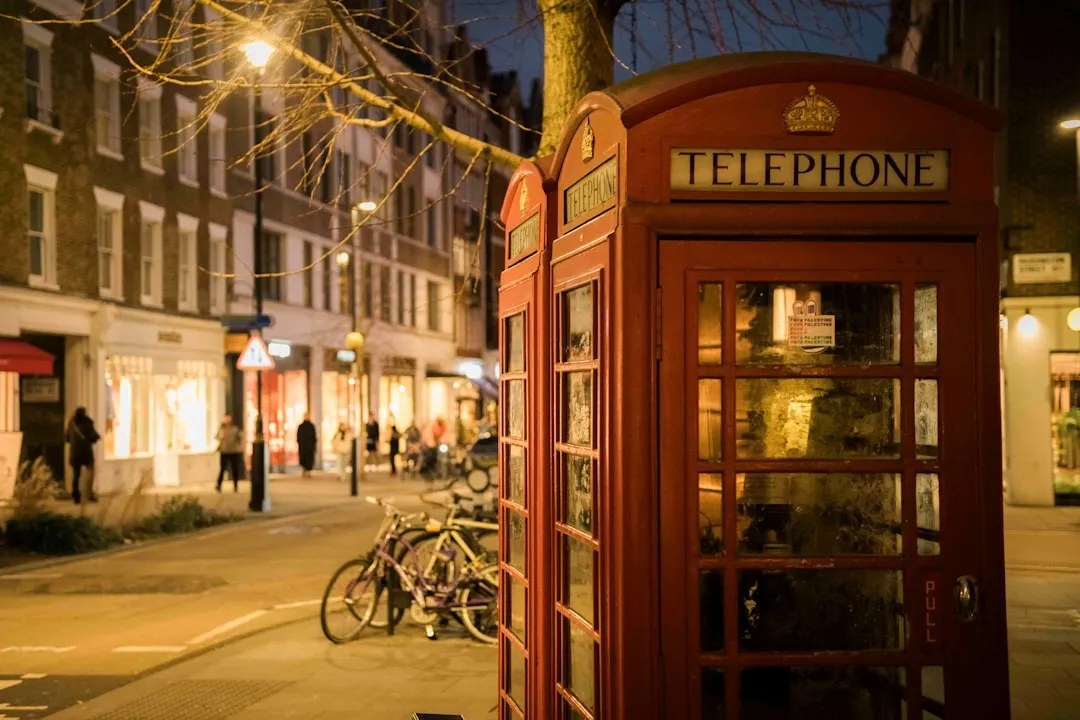

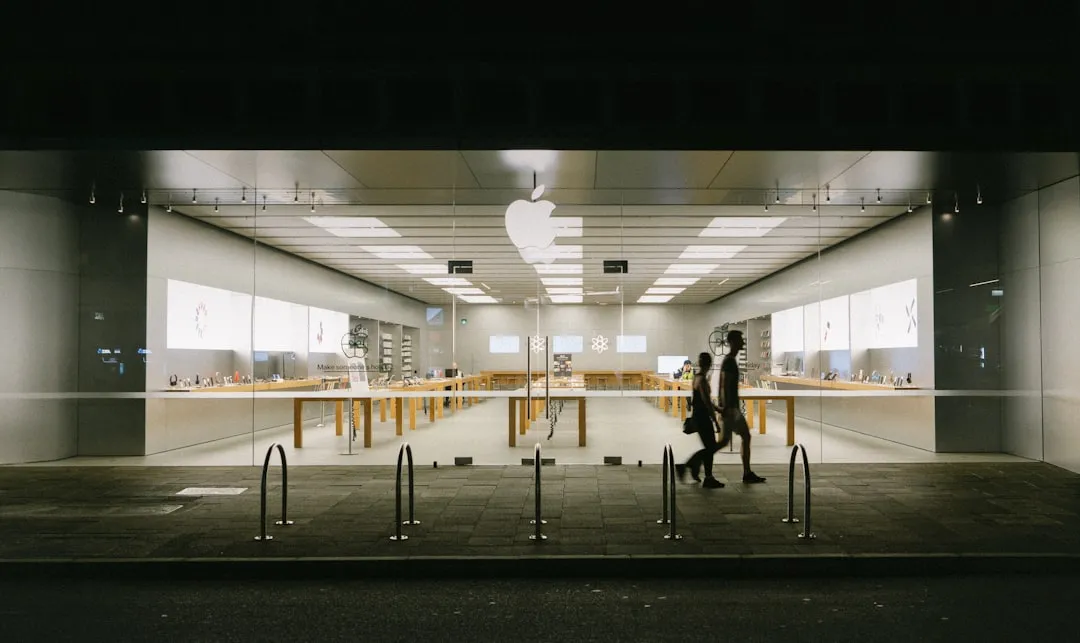

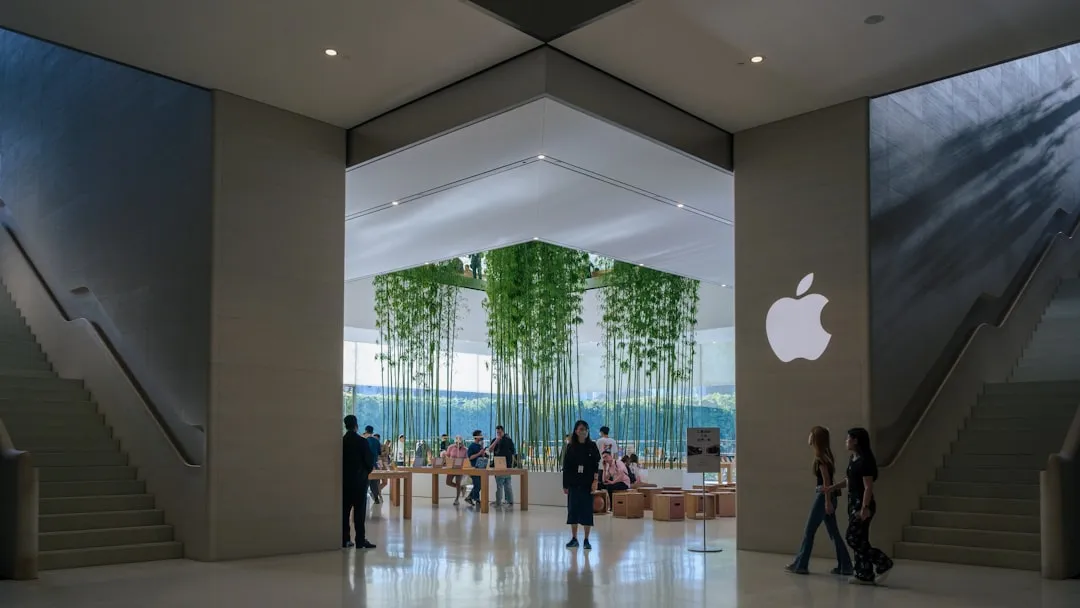

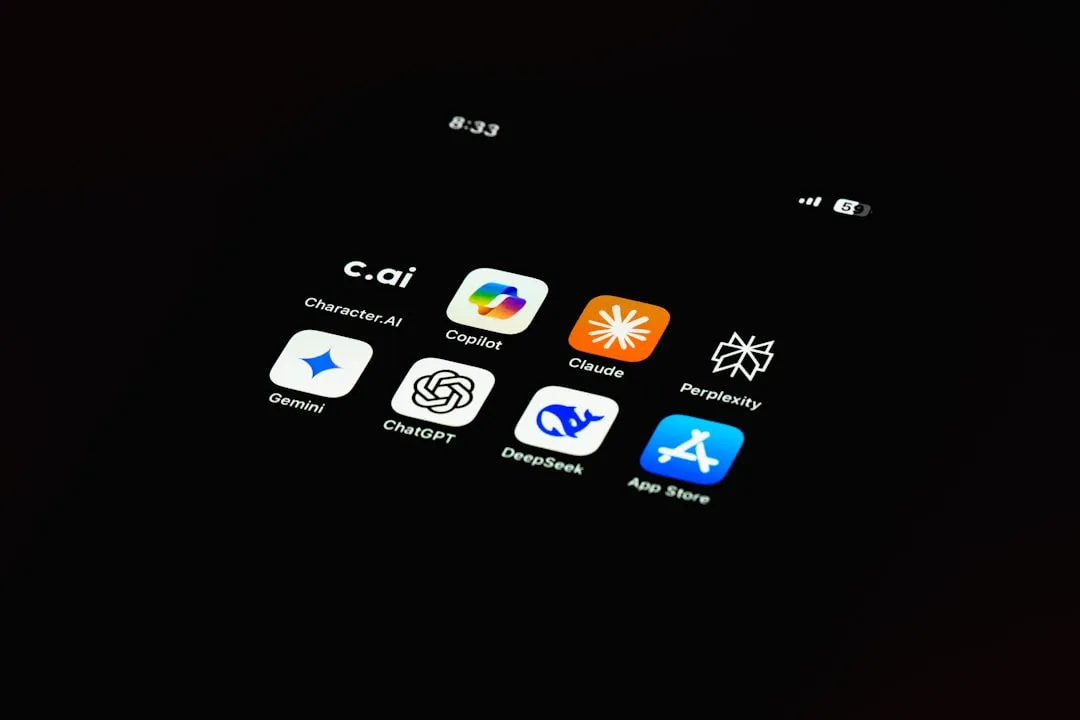





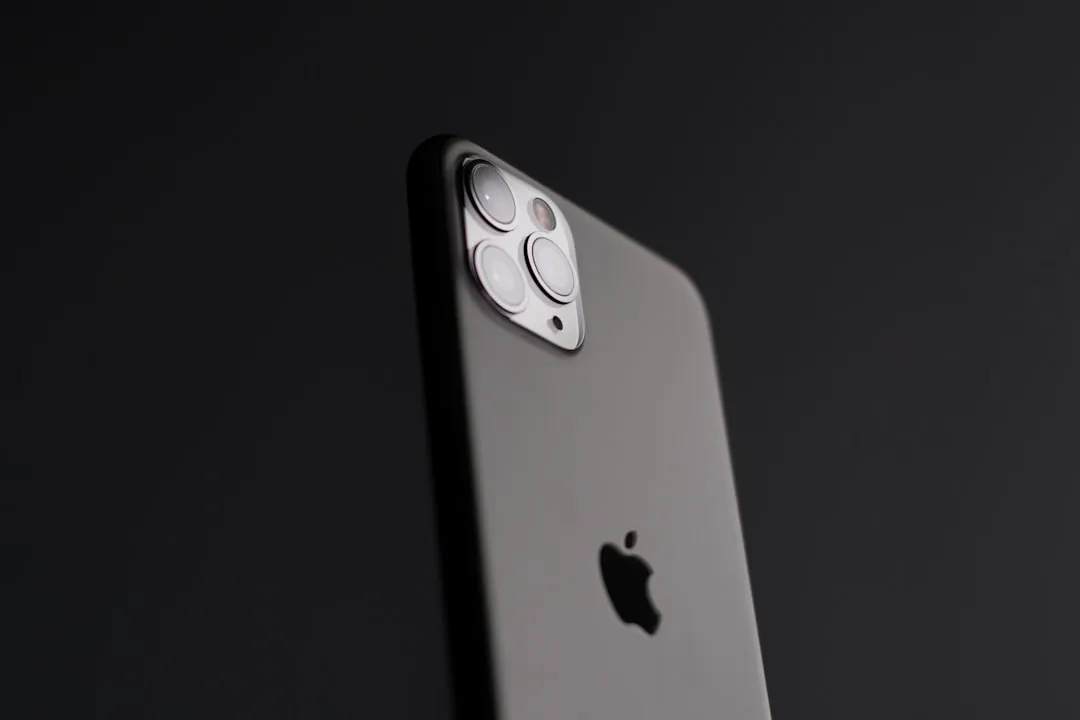


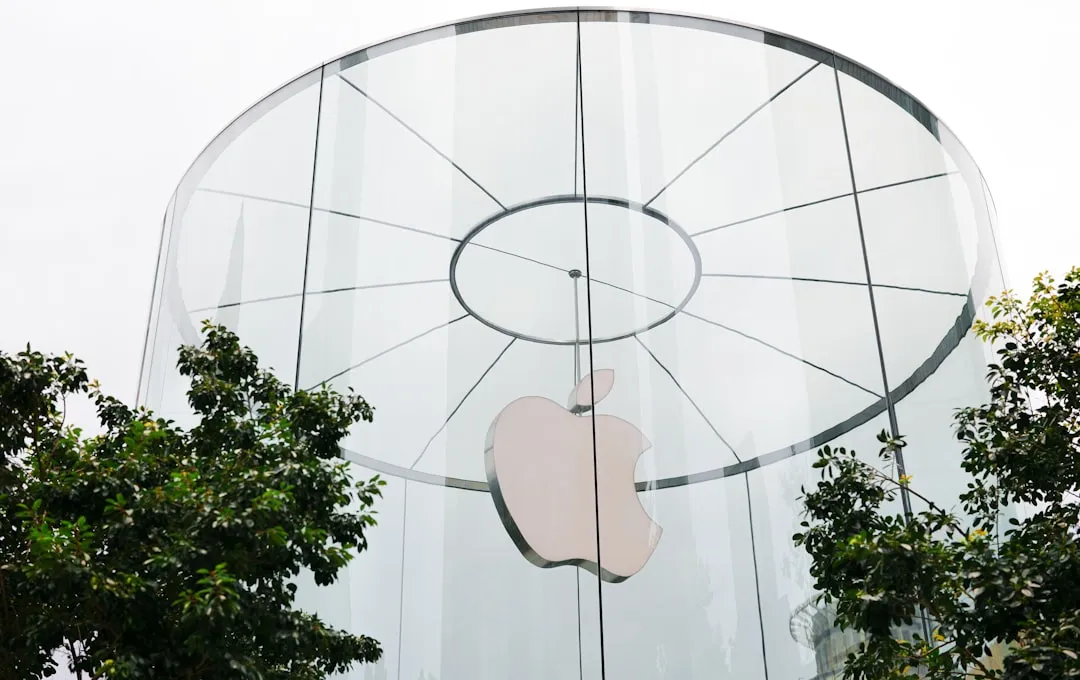
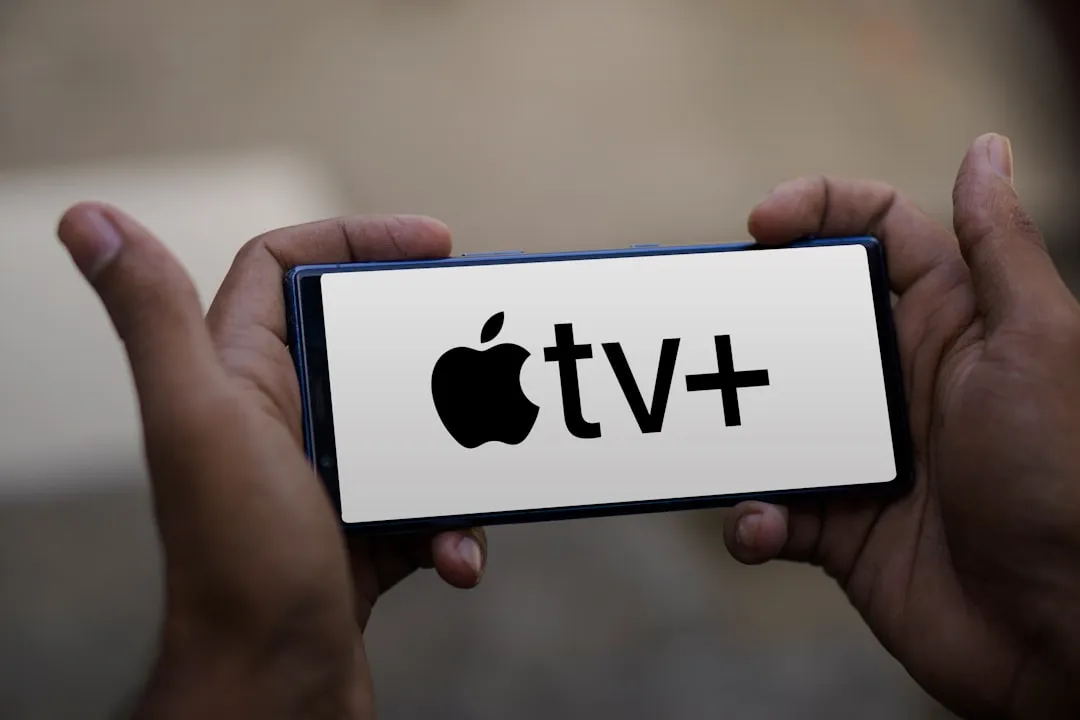


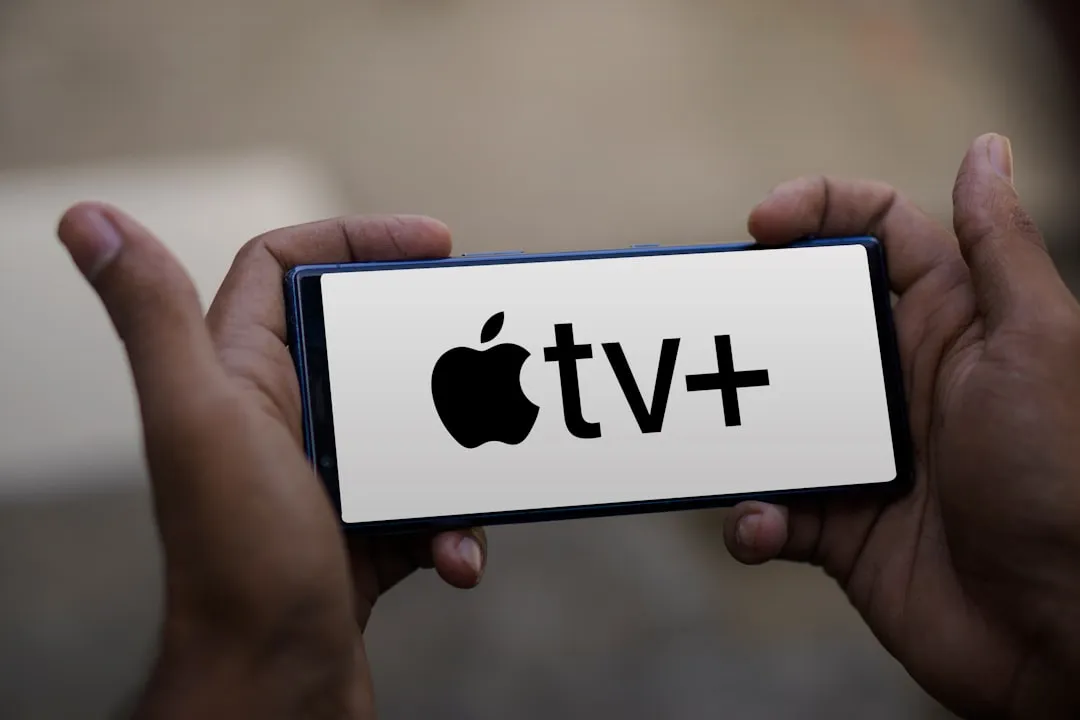

Comments
Be the first, drop a comment!